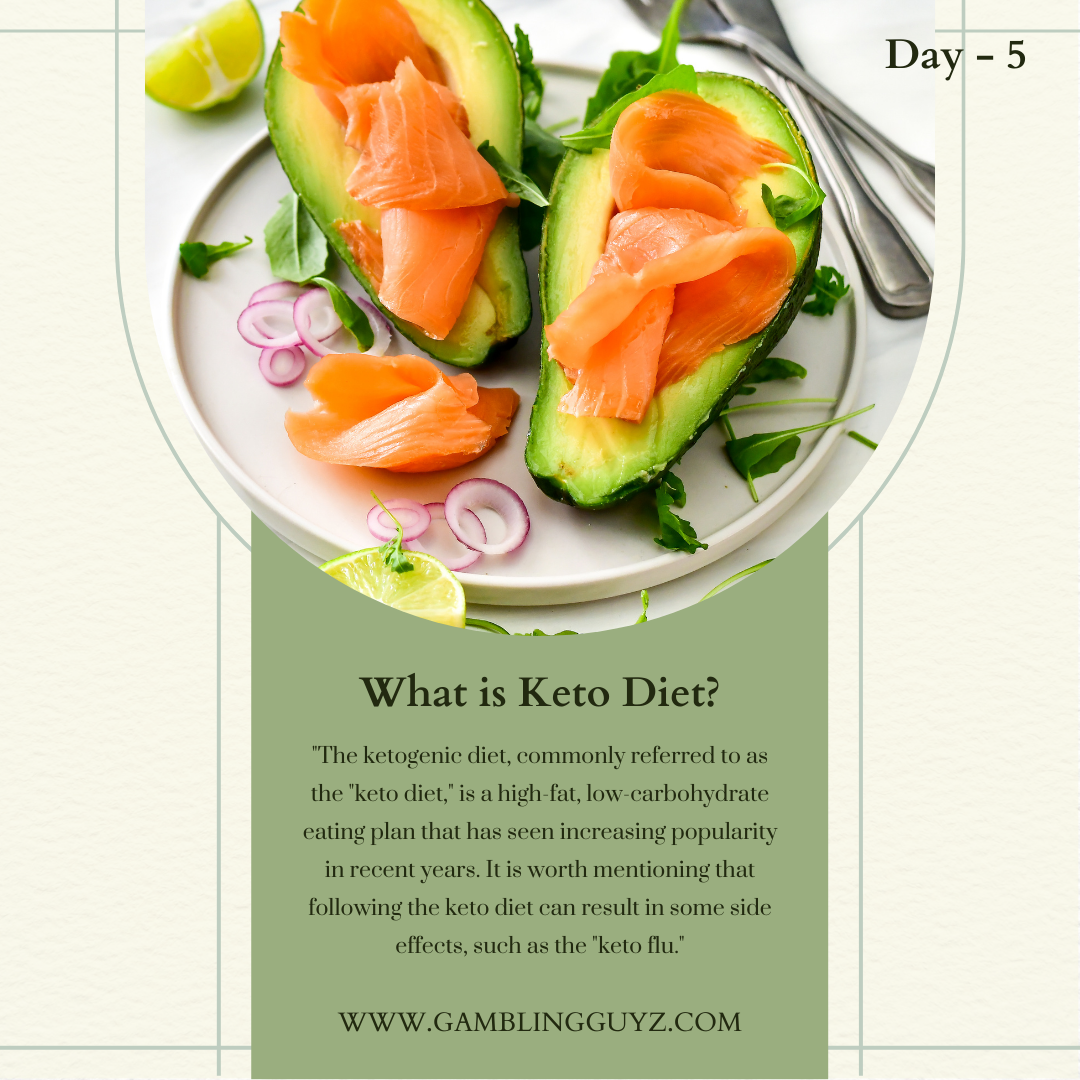Congratulations on completing day five of your fitness and wellness challenge! Today, we're going to dive into Keto, which has been a very popular diet trend that has been popularized in recent years. It's important to note that everyone's body is different, and what works for one person may not work for another. With that being said, here is a look at what the Keto Diet really is. Enjoy!! are some popular diets and a deep explanation of each.
The ketogenic diet, or keto diet for short, is a high-fat, low-carb diet that has become increasingly popular in recent years. The goal of the diet is to put your body into a state of ketosis, where it burns fat for fuel instead of carbohydrates. In this blog post, we will dive into the ins and outs of the keto diet, including tips, tricks, recommended foods, and calorie intake.
What is the keto diet?
The keto diet is based on the idea of drastically reducing carbohydrate intake and replacing it with healthy fats. By doing this, your body enters a metabolic state called ketosis, where it starts using fat as its primary source of energy instead of glucose.
In order to achieve ketosis, you need to limit your carb intake to around 20-50 grams per day, depending on your individual needs. This means avoiding starchy foods like bread, pasta, rice, and potatoes, as well as sugary foods like candy, soda, and fruit juice.
Instead, you should focus on consuming healthy fats, such as those found in avocados, nuts, seeds, and fatty fish. You should also consume moderate amounts of protein, as too much protein can kick you out of ketosis.
Tips for starting the keto diet:
-
Do your research: Before starting the keto diet, it's important to do your research and learn as much as you can about the diet. This will help you understand what to expect and how to make the necessary changes to your diet.
-
Plan your meals: Planning your meals ahead of time can help ensure that you're consuming the right amount of macronutrients and staying within your daily carb limit. Look for keto-friendly recipes and plan out your meals for the week.
-
Track your macros: Tracking your macros (carbs, protein, and fat) can help you stay on track and ensure that you're consuming the right amount of each macronutrient. There are many apps available that can help you track your macros.
-
Stay hydrated: Drinking plenty of water is important on the keto diet, as it can help prevent dehydration and reduce the risk of side effects like constipation.
Recommended foods on the keto diet:
-
Healthy fats: Avocado, coconut oil, olive oil, nuts, seeds, and fatty fish like salmon.
-
Low-carb vegetables: Leafy greens, broccoli, cauliflower, zucchini, and bell peppers.
-
Protein: Meat, poultry, fish, and eggs.
-
Dairy: Cheese, cream, and butter.
-
Beverages: Water, unsweetened tea, and coffee.
Calorie intake on the keto diet:
The number of calories you should consume on the keto diet depends on your individual needs and goals. In general, you should aim for a calorie deficit if your goal is weight loss. This means consuming fewer calories than your body burns each day.
To determine your calorie needs, you can use an online calculator or consult with a healthcare professional. It's important to ensure that you're consuming enough calories to support your activity level and overall health.
In conclusion, the keto diet can be a successful way to lose weight and improve your overall health. However, it's important to approach the diet with caution and make sure that you're consuming a balanced and healthy diet. By following the tips and recommendations outlined in this blog post, you can set yourself up for success on the keto diet.
Remember, the key to success in your fitness and wellness journey is to find a sustainable approach that works for you and your lifestyle. Keep up the great work and get ready to conquer day six!

